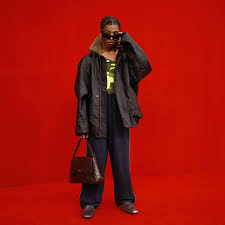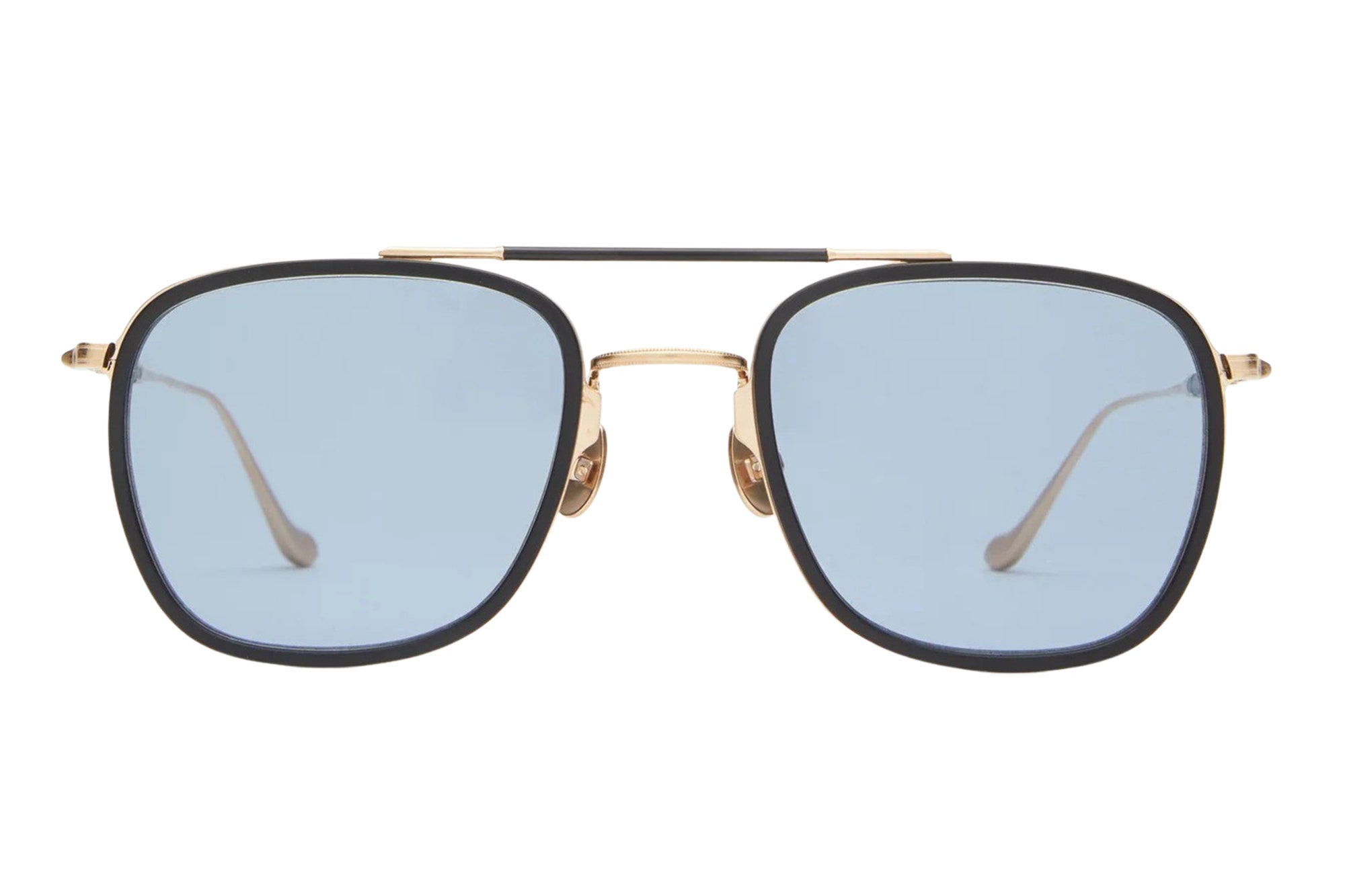Streetwear. The term alone conjures images of urban youth, high-end sneakers, and a cultural movement that has transcended mere clothing to become a significant aesthetic and economic force. But what’s the back story to this style that’s become synonymous with cool? Here, we take a deep-dive into the roots of streetwear clothing and trace its growth into a giant in the fashion world.
A Historical Look at Streetwear
Streetwear, in its purest sense, can be traced back to the skating culture of the 1970s. Pioneers like Shawn Stussy began by hand-making board shorts and graphic tees that spoke directly to their community. Skate brands were the first to understand that their customers wanted more than just a product; they wanted to be part of an experience. Stussy’s surf shirts and hats quickly attracted stylists and other designers’ attention, propelling the brand into international recognition and blurring the line between sports and style.
Simultaneously, the hip-hop scene was burgeoning and creating its fashion statements. In New York, artists like Run-D.M.C. were renowned for their Adidas tracksuits and shell-toe sneakers, not realizing they were setting the stage for a global fashion phenomenon. Japanese culture also played a significant role, with harajuku fashion and the subsequent influx of Eastern silhouettes influencing new aesthetics on American shores.
The Intersection of Fashion and Technology
The 1990s saw the rise of streetwear brands like A Bathing Ape, Supreme, and Off-White, that tapped into the growing underground markets, fueling an exclusive and almost secretive consumer culture. Brands implemented scarcity marketing, producing limited runs of a design and collaborating with other respected labels. The result was a formula for hype, wherein a fervent fanbase would line up around the block for a chance to buy a hoodie, effectively melding the physical and digital worlds of commerce and culture.
The internet and social media further democratized fashion, enabling consumers to connect with each other and with brands on an unprecedented scale. Streetwear was not only about the product, but also about the lifestyle and message associated with the brand. This digital age gave rise to online communities, drop culture, and the reseller market, cementing streetwear as a crucial player in fashion’s digital revolution.
Sustainability and the Future of Streetwear
As environmental awareness grows, streetwear is adapting to prioritize sustainability and ethical production. Brands are increasingly looking towards eco-friendly materials and practices, making a deliberate shift from the hype of a product drop to the quality and longevity of their lines. Concepts like slow fashion and circular economy are becoming more common, as streetwear enthusiasts not only want to look good but also want to feel good about their clothing’s impact on the world.
The future of streetwear will likely focus on a blend of inclusivity and innovation. Gender-neutral fashion lines, inspired by streetwear, are becoming more popular, with an emphasis on comfort, utility, and personal expression. Augmented reality and virtual fashion could potentially revolutionize the industry, offering consumers the ability to try on and experience clothing without the environmental cost of production.
In Conclusion
Streetwear has come a long way, from its humble beginnings in the skate parks and urban corners to the international phenomenon it is today. It’s more than just a trend; streetwear has become a cultural touchstone for generations, a multi-billion-dollar industry, and a reflection of societal values. The history of streetwear is not just a narrative about what we wear, but also about personal identity, community, and digital innovation. With sustainability and technology now shaping the landscape of street fashion, it’s clear this style is more than just a craze – it’s a potent and lasting influence on the fashion world.





